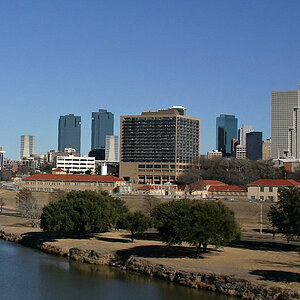redbourn
No longer a newbie, moving up!
- Joined
- Dec 18, 2009
- Messages
- 476
- Reaction score
- 36
- Location
- Nazaré, Portugal
- Website
- best-food.info
- Can others edit my Photos
- Photos OK to edit
You could do okay with a single flash, and a home-made 48 x 48 inch frame, made from pieces of PVC pipe and elbow joints, and a couple of pieces of home-made diffusion material attached to the frame. Here is a link. Look down the page to the "download lo-rez" option.... Photoshop Training and Photography Training Tutorials - Software Cinema - Tinkertubes
A flat-faced light source allows you to control the angle of incidence; instead of a curved umbrella or brolly box, a softbox or a diffusing screen creates a light source that has pretty much the same angle of incidence on shiny surfaces, and makes a broader highlight/reflection on many surfaces...it makes the highlights on say a wine bottle more linear, more regular.
Diffusion panels and reflectors made of fabric or of posterboard/foam core board are really pretty common things in the world of photographic lighting, and are very commonly used with both flash lighting, and with natural or ambient light from the sun, sky, or from bulbs of one type or another.
The original article you referenced was basically advocating that one have access to a large, diffused light source, and some type of fill light reflector capability. The diffusion material can be tracing paper,white rip-stop nylon, frosted shower curtain material, etc.. A diffusing panel can be used with any light source.
So you're saying to use a flash instead of a tungsten light?
I'm a real newbie and will check out th link.
Thanks for the reply.
P.S. I don't mind springing for maybe $200 on the lighting. Already bought the Nikon d3300 (which I'm pleased with) two lenses, a tripod and other bibs and bobs.




![[No title]](/data/xfmg/thumbnail/37/37170-3e18af574ed51cce5bdf99af9d3cab40.jpg?1619737908)
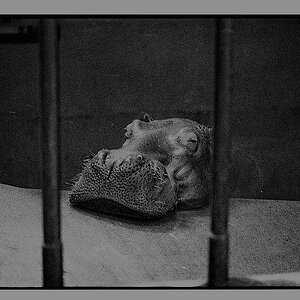
![[No title]](/data/xfmg/thumbnail/37/37107-df85b207aa6d9b7f6b88f682e493a52e.jpg?1619737882)
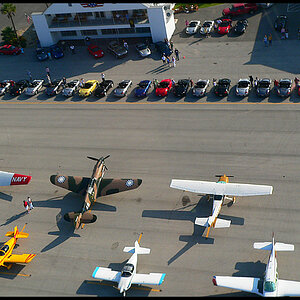
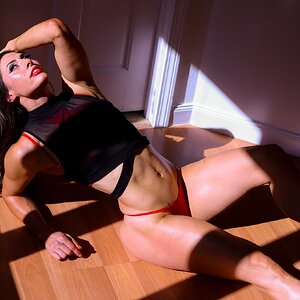
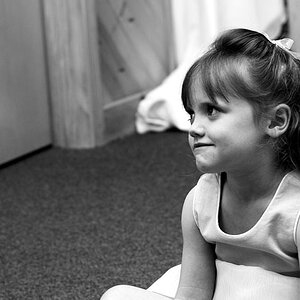
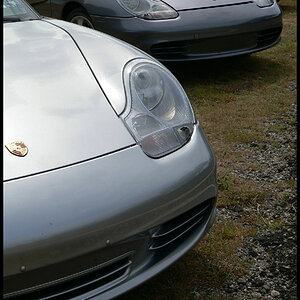
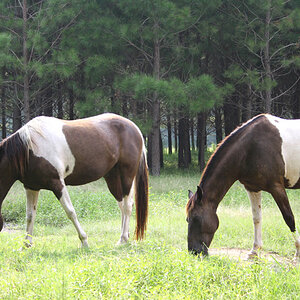
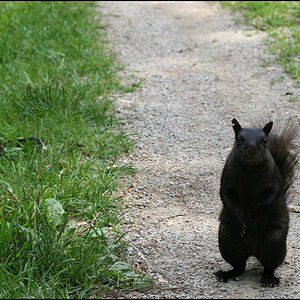
![[No title]](/data/xfmg/thumbnail/34/34063-09779b4ba56a0acb2b0fa36cf8720dfb.jpg?1619736260)
